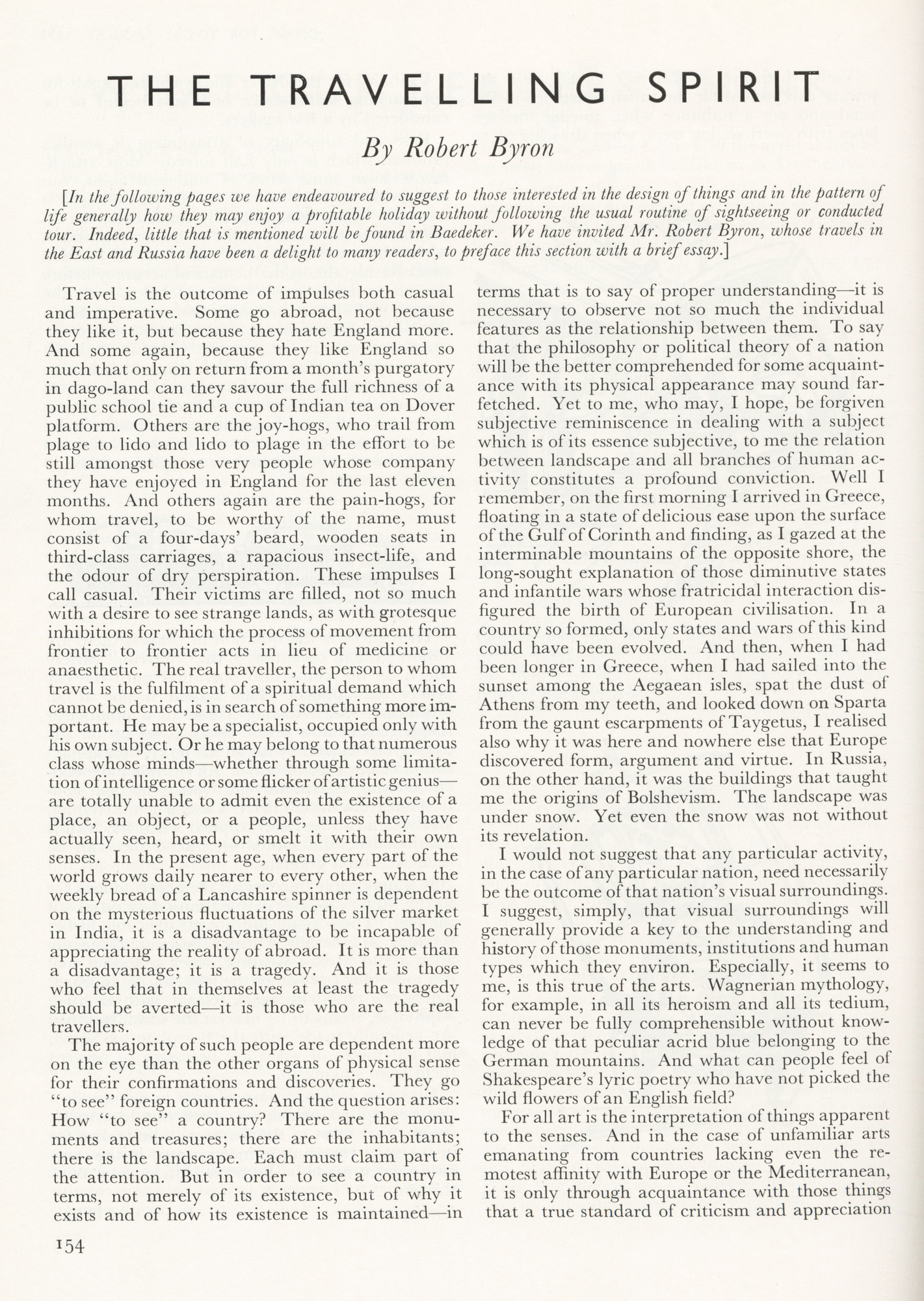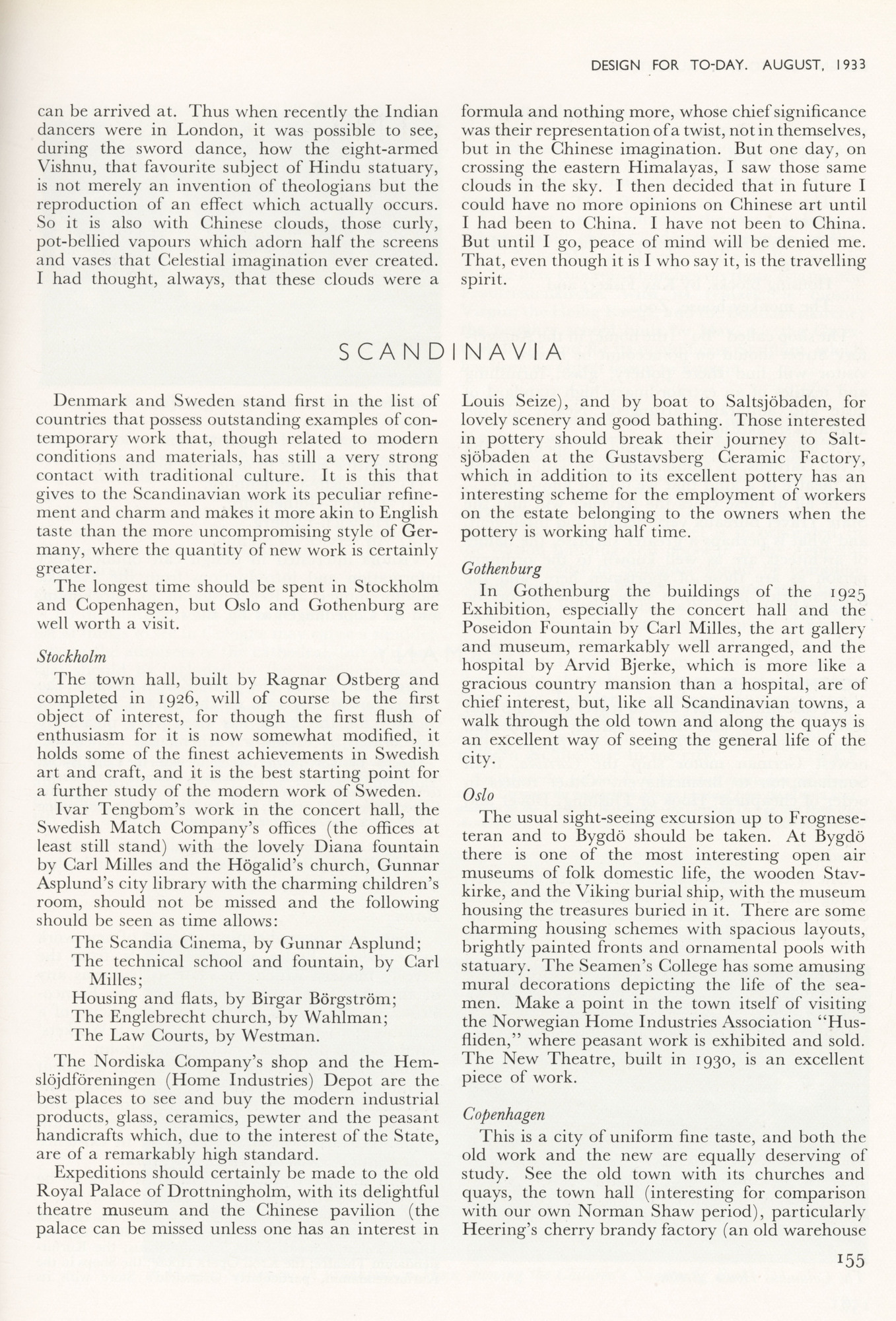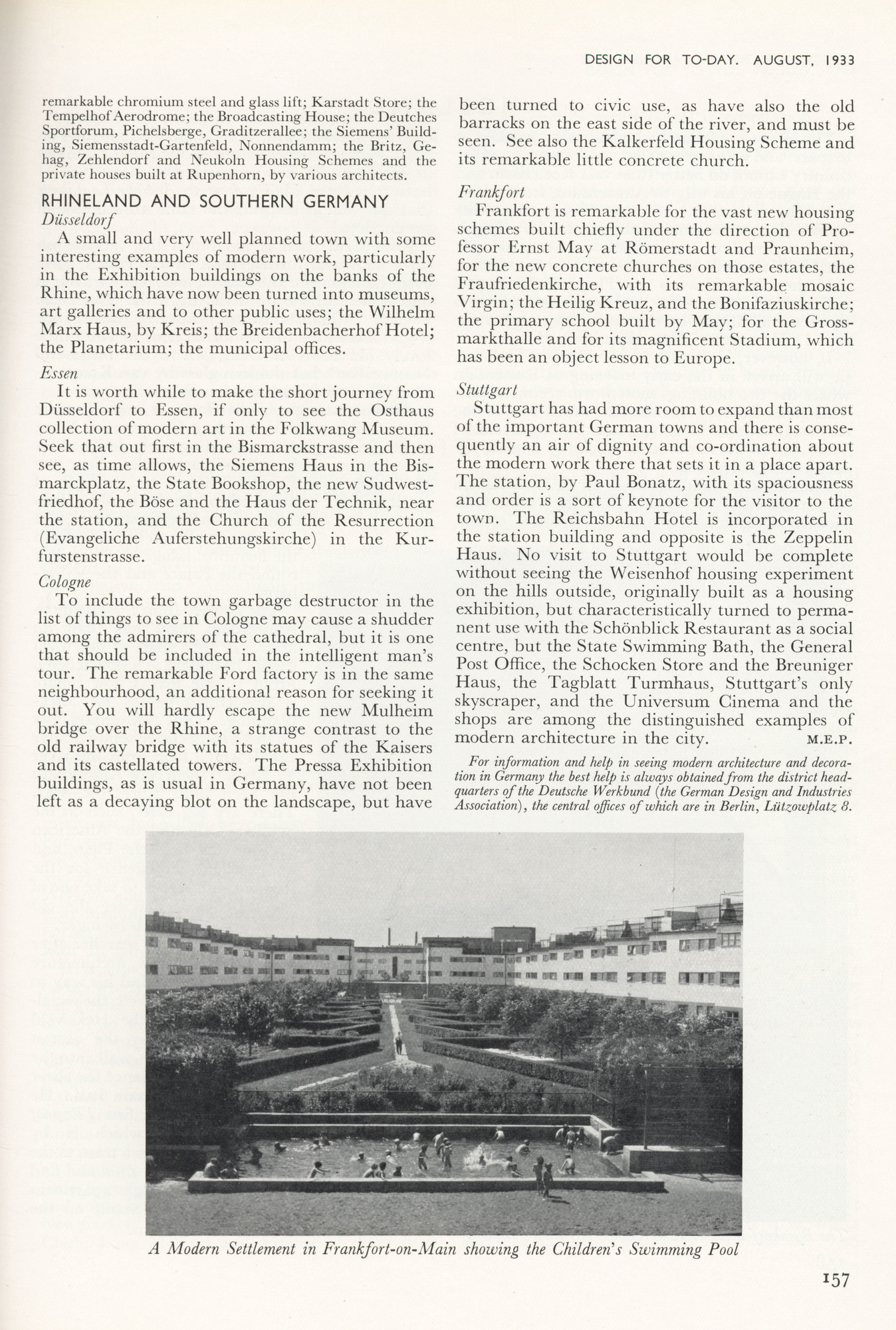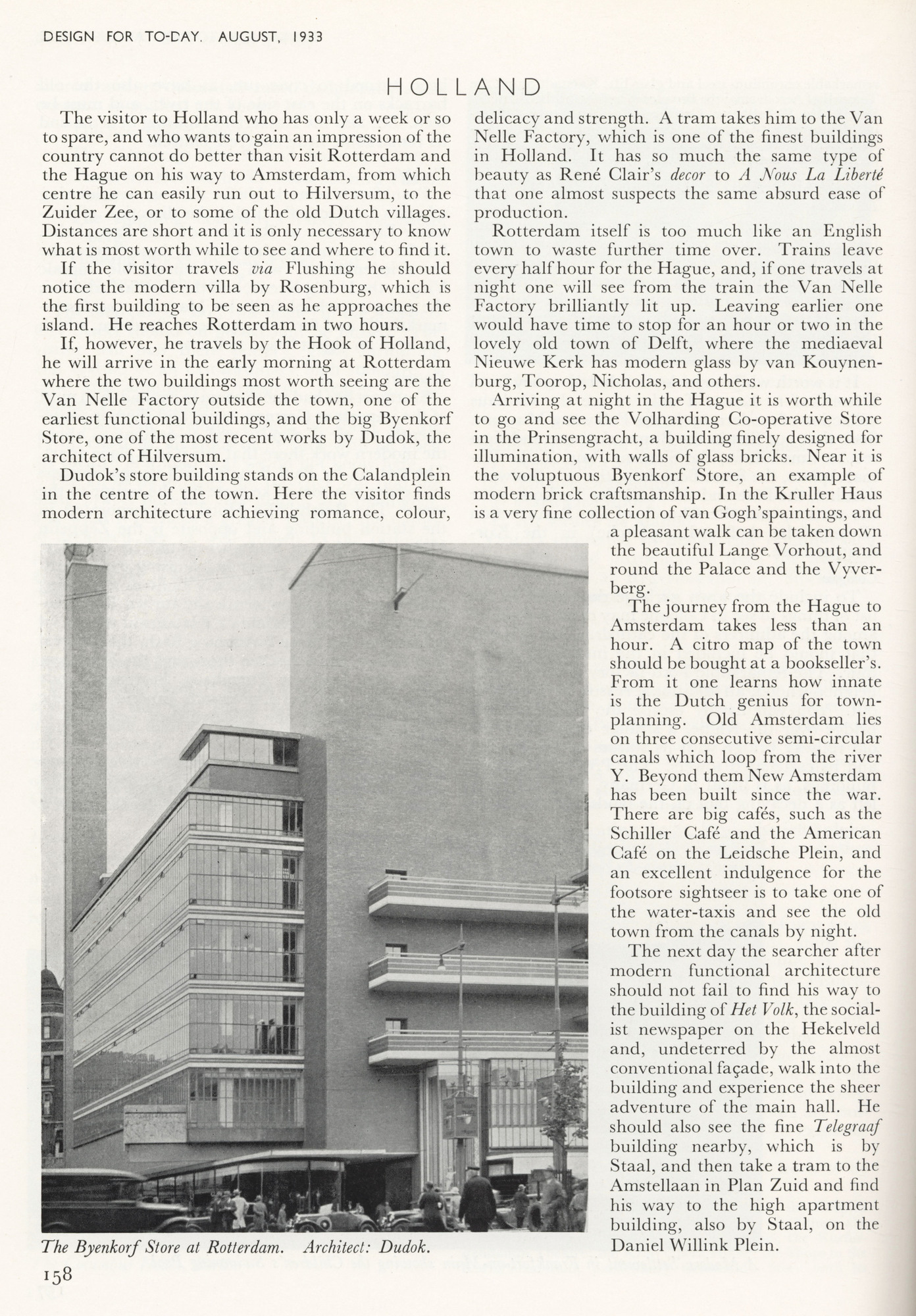4 of
You are browsing the full text of the article: The Travelling Spirit
Click here to go back to the list of articles for
Issue:
Volume: 1 of Design For Today
| Design For Today 1 1933 Page: 154 | ||||||||||||||||||||||||||
| The Travelling Spirit | ||||||||||||||||||||||||||
|

|
|
||||||||||||||||||||||||
| Design For Today 1 1933 Page: 155 | ||||||||||||||||||||||||||
| The Travelling Spirit | ||||||||||||||||||||||||||
|

|
|
||||||||||||||||||||||||
| Design For Today 1 1933 Page: 156 | ||||||||||||||||||||||||||||
| The Travelling Spirit | ||||||||||||||||||||||||||||
|

|
|
||||||||||||||||||||||||||
| Design For Today 1 1933 Page: 157 | ||||||||||||||||||||||||||||
| The Travelling Spirit | ||||||||||||||||||||||||||||
|

|
|
||||||||||||||||||||||||||
| Design For Today 1 1933 Page: 158 | |||||||||||||||||||||||||||||||
| The Travelling Spirit | |||||||||||||||||||||||||||||||
|

|
|
|||||||||||||||||||||||||||||
| Design For Today 1 1933 Page: 159 | ||||||||||||||||||||||||||
| The Travelling Spirit | ||||||||||||||||||||||||||
|

|
|
||||||||||||||||||||||||





